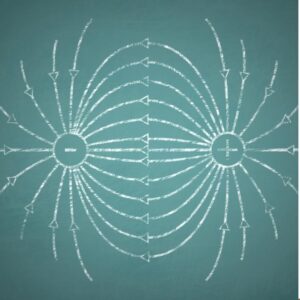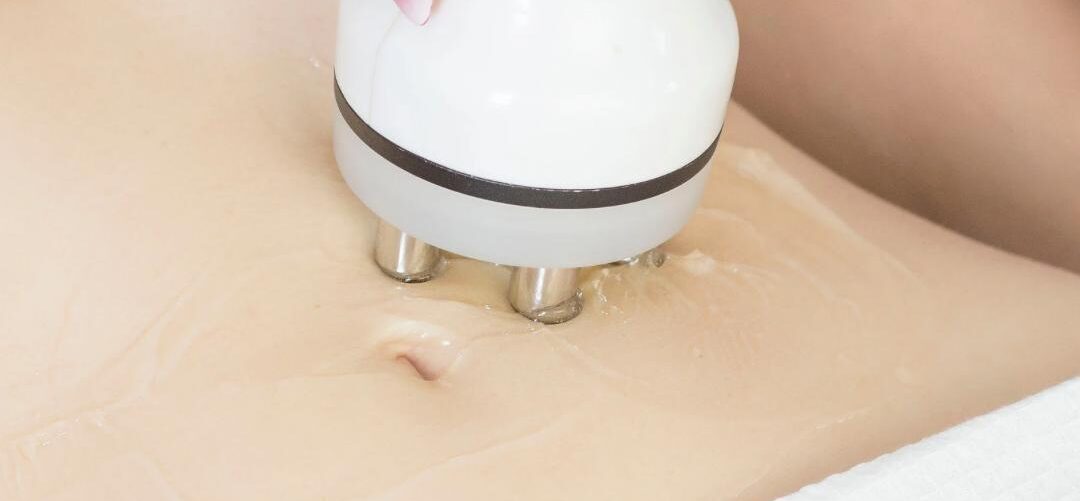Electromagnetic Energy in Aesthetic Treatments: Risks, Benefits, and Professional Guidelines
 Faramarz Rafie MD /VANCODERM ACADEMY AND COLLEGE (VDA) / VANCODERM CLINIC (VDCMed)
Faramarz Rafie MD /VANCODERM ACADEMY AND COLLEGE (VDA) / VANCODERM CLINIC (VDCMed)
Modern medical aesthetics integrates a wide range of advanced technologies that operate through various forms of electromagnetic energy, including radiofrequency (RF), laser systems, intense pulsed light (IPL), and light-emitting diode (LED) therapy. These modalities have transformed clinical practice by offering non-invasive and effective solutions for skin rejuvenation, hair reduction, collagen remodeling, and body contouring. However, because these devices generate electromagnetic fields (EMFs) during operation, it is essential for practitioners to understand the nature of EMF exposure, its potential biological effects, and the safety protocols necessary to ensure both patient and operator protection.
 What Are Electromagnetic Fields (EMFs)?
What Are Electromagnetic Fields (EMFs)?
Electromagnetic fields (EMFs) are regions of energy produced by the motion of electrically charged particles. These fields are characterized by two interrelated components — an electric field, generated by voltage, and a magnetic field, produced by the flow of electric current. Together, they form an electromagnetic field that can propagate through space as electromagnetic radiation.
EMFs are classified into two main categories based on their frequency and energy level:
- Non-ionizing radiation, which includes extremely low frequency (ELF) fields, radiofrequency (RF), microwaves, infrared, and visible light. These types of EMFs have insufficient energy to ionize atoms or molecules and are typically used in aesthetic technologies.
- Ionizing radiation, which includes X-rays and gamma rays, has higher energy levels capable of disrupting molecular structures and is not used in cosmetic or dermatological procedures.
In medical aesthetics, EMFs are deliberately produced and controlled to achieve specific biological and therapeutic effects. Technologies such as radiofrequency skin tightening, laser resurfacing, intense pulsed light (IPL) photorejuvenation, and LED photobiomodulation utilize selected wavelengths and intensities to interact with skin tissues. The resulting thermal, photothermal, or photochemical effects stimulate collagen remodeling, promote cellular renewal, and enhance overall skin tone and texture.
Understanding the physical properties and biological interactions of EMFs is fundamental for practitioners. Proper knowledge ensures the safe operation of aesthetic devices, helps prevent overexposure, and supports evidence-based decision-making regarding treatment parameters and patient selection.
Common Aesthetic Technologies That Emit Electromagnetic Fields (EMFs)
A variety of medical aesthetic devices utilize electromagnetic energy to achieve therapeutic outcomes in skin rejuvenation, body contouring, and tissue regeneration. While all operate within the non-ionizing spectrum, their mechanisms of action and biological targets differ based on wavelength, frequency, and energy delivery mode.
Radiofrequency (RF) Devices
Radiofrequency (RF) devices in medical aesthetics can be classified into monopolar (unipolar), bipolar, and multipolar systems, each differing in the way electromagnetic energy is delivered and dispersed. monopolar (unipolar) RF uses a single active electrode with the current returning to a distant grounding pad, allowing deep tissue penetration but generating the strongest electromagnetic fields (EMFs) in surrounding tissues. Bipolar RF confines the current between two closely positioned electrodes, producing more localized, superficial heating and significantly lower stray EMF exposure. Multipolar RF employs multiple electrodes with intersecting currents at the target tissue, offering focused heating while minimizing peripheral EMF emission. In summary, monopolar/unipolar RF generally produces the highest EMF exposure, whereas bipolar and multipolar configurations are safer in terms of stray electromagnetic field generation, making them more suitable for delicate areas such as the face.
Laser Systems
Laser devices emit coherent, monochromatic, and collimated light at specific wavelengths to selectively target chromophores such as melanin, hemoglobin, or water. Depending on the wavelength and pulse duration, lasers are used for hair reduction, vascular and pigment lesion treatment, resurfacing, and scar revision.
Intense Pulsed Light (IPL) Systems
Unlike lasers, IPL devices deliver broad-spectrum, polychromatic light (typically 400–1200 nm) in high-intensity pulses. This light is filtered to target multiple skin structures, making IPL suitable for photorejuvenation, pigment irregularities, and vascular lesions.
Light-Emitting Diode (LED) Therapy
LED devices emit low-intensity, non-coherent light across specific wavelengths (commonly red, blue, and near-infrared). These wavelengths modulate cellular activity, promoting tissue repair, collagen synthesis, and anti-inflammatory responses, without generating heat or tissue damage.
Electromagnetic Muscle Stimulation (EMS / HIFEM)
These systems deliver high-intensity focused electromagnetic (HIFEM) pulses that induce supramaximal muscle contractions. The rapid stimulation enhances muscle fiber development and localized fat metabolism, making it a popular non-invasive modality for body contouring and muscle toning.
Potential Risks of Electromagnetic Field (EMF) Exposure
Although the electromagnetic energy emitted by aesthetic devices is generally non-ionizing and considered safe when applied according to established protocols, improper use, excessive exposure, or inadequate screening can present certain clinical and occupational risks. The most common concern is thermal injury, resulting from localized overheating of the skin or subdermal tissues when energy parameters are set too high or when contact between the applicator and the skin is inconsistent. Another important consideration is the potential interference with medical implants, such as pacemakers, defibrillators, cochlear implants, or insulin pumps, which may be affected by electromagnetic activity and require careful pre-treatment screening. Additionally, unintended electromagnetic interference (EMI) can occur when high-frequency emissions disrupt nearby electronic or medical monitoring devices, underscoring the need for proper environmental control within treatment areas. While research continues to evaluate the long-term biological effects of cumulative EMF exposure in occupational settings, current evidence indicates that the non-ionizing fields used in medical aesthetics do not cause DNA damage, radiation sickness, or carcinogenic effects. The primary risks, therefore, relate to localized thermal reactions and electronic interference, both of which can be effectively mitigated through proper device maintenance, operator training, and adherence to safety standards.
Strategies to Prevent or Minimize EMF-Related Risks
Ensuring the safe operation of electromagnetic-based aesthetic devices requires a combination of rigorous device management, operator expertise, patient assessment, and adherence to established safety protocols. Regular device maintenance and calibration in accordance with manufacturer specifications are essential to guarantee consistent energy output and prevent accidental overexposure. Equally important is operator competency; only certified and properly trained professionals should administer treatments involving radiofrequency, laser, IPL, LED, or electromagnetic muscle stimulation technologies. Comprehensive patient screening must be conducted prior to any procedure, with particular attention to the presence of pacemakers, metallic implants, or pregnancy, which may increase susceptibility to EMF-related complications. The use of protective measures, such as grounding pads, eye protection, and appropriate insulation, further mitigates risk. Adherence to recommended exposure times and energy intensities prevents thermal injury and excessive tissue stimulation, while maintaining a controlled treatment environment, free from sensitive electronics or mobile devices, reduces the likelihood of unintended electromagnetic interference. Collectively, these strategies support both patient safety and treatment efficacy, ensuring that EMF-based aesthetic technologies are applied responsibly and effectively.
Thank you for taking the time to read and deepen your understanding of electromagnetic fields and their safe application in medical aesthetic technologies. At Vancoderm Academy and College, we are proud to be a leading institution in aesthetic medicine education, offering comprehensive academic and career-focused training programs. Our courses are fully approved by the Ministry of Education and delivered through a designated institute in Canada, ensuring that students receive both rigorous scientific knowledge and practical, hands-on experience. By choosing Vancoderm, practitioners and aspiring professionals gain the expertise, confidence, and credentials necessary to advance safely and effectively in the dynamic field of medical aesthetics.
Thank you for reading, and we wish you continued success in your practice!

